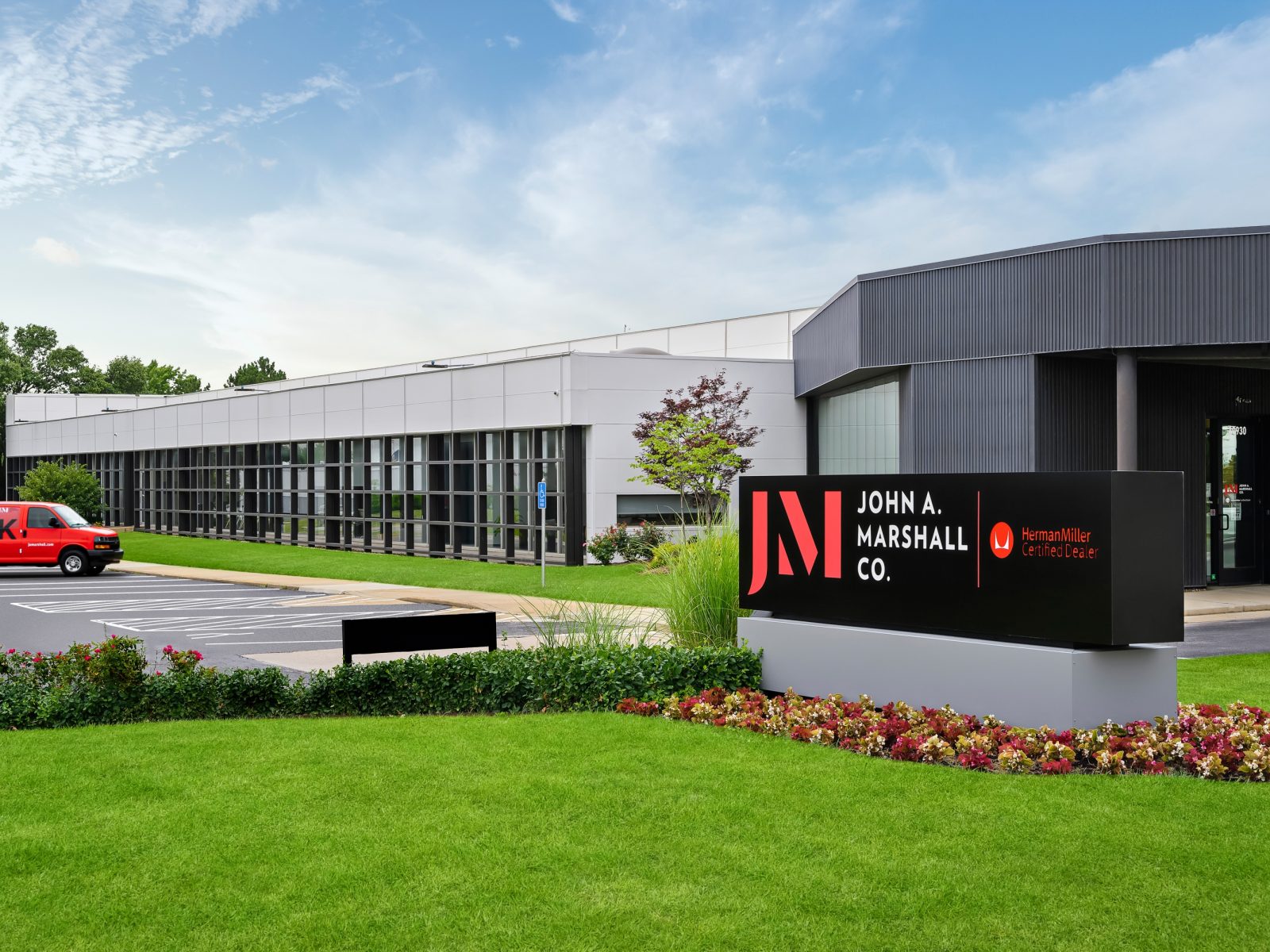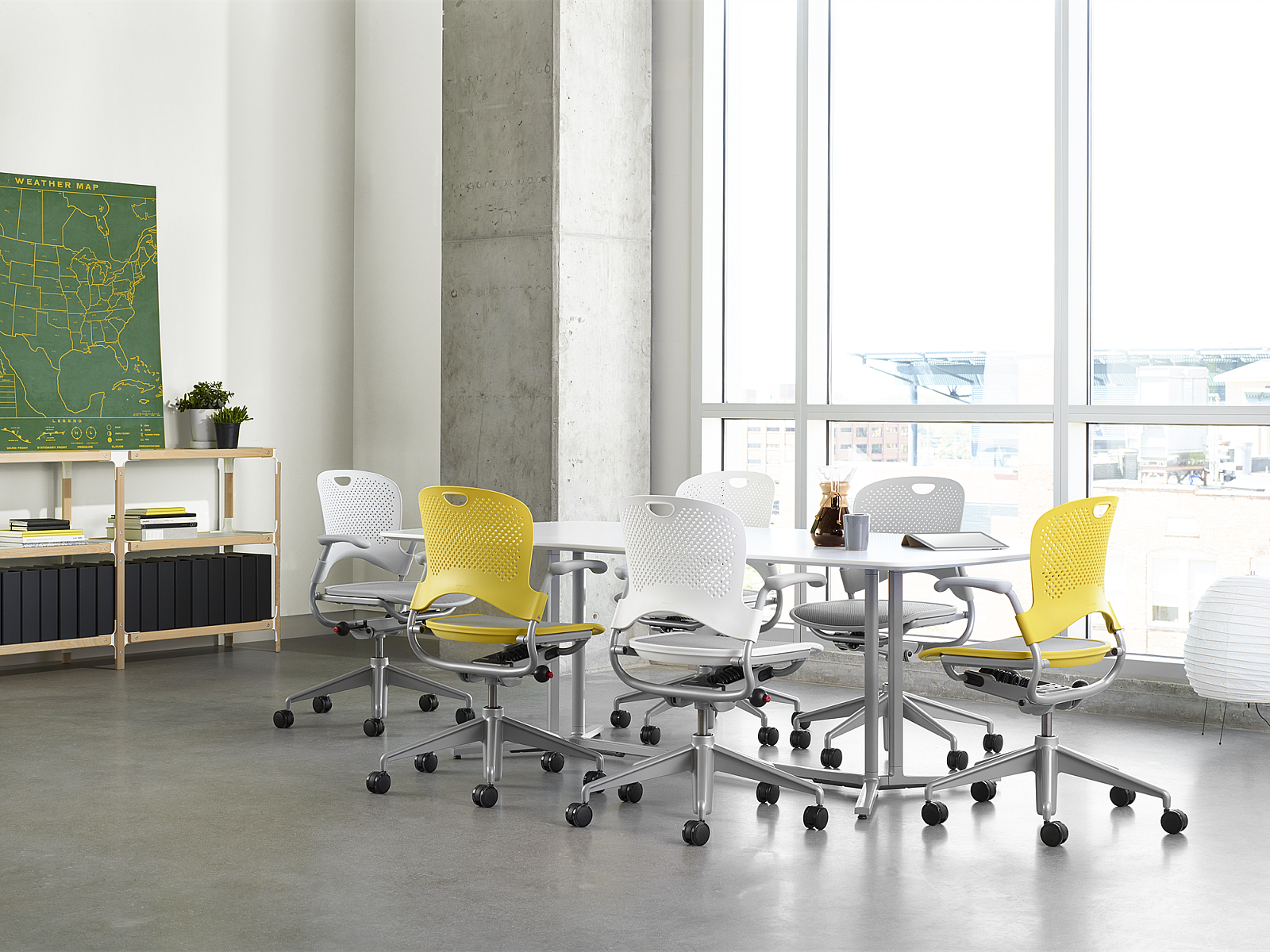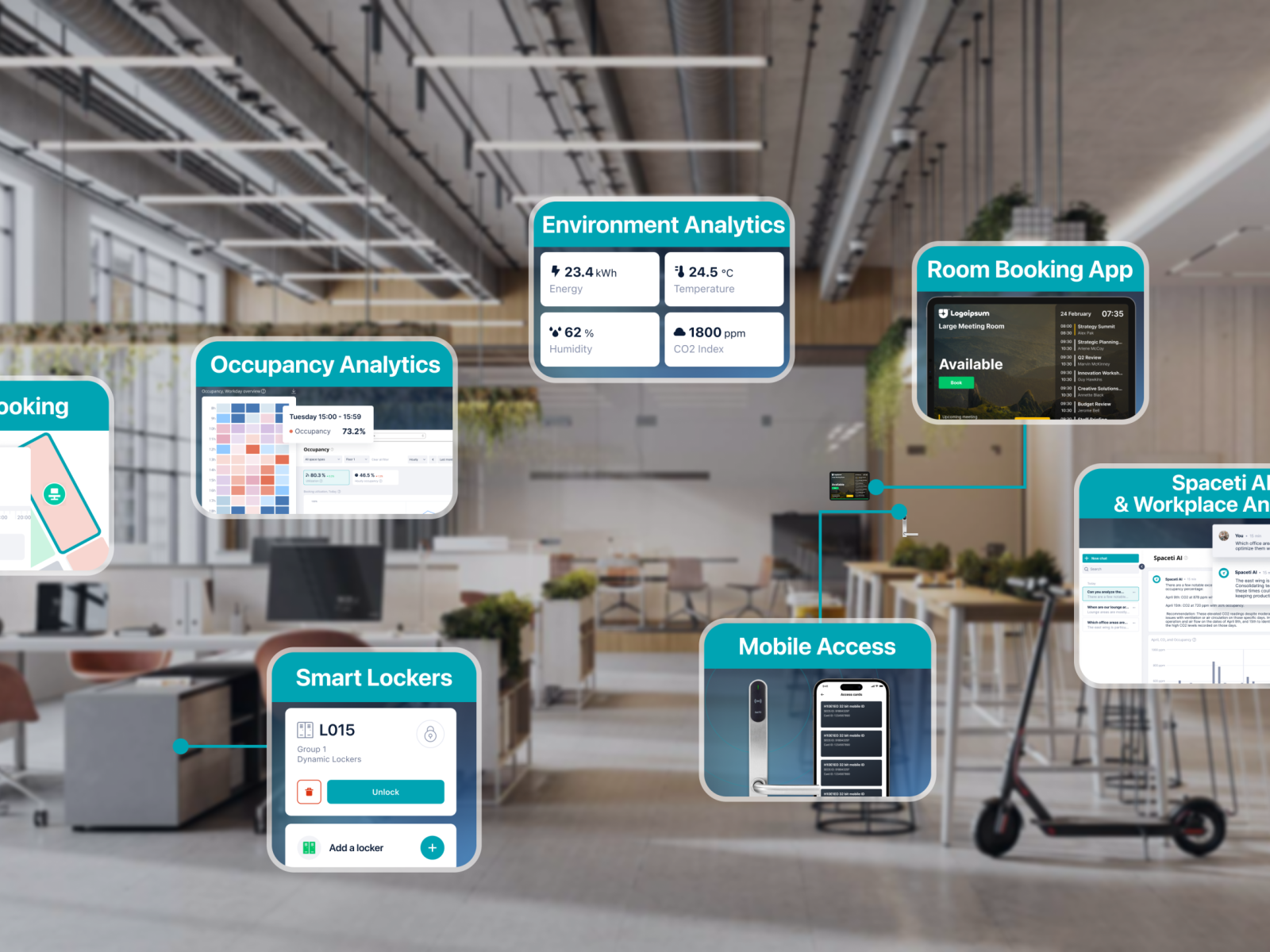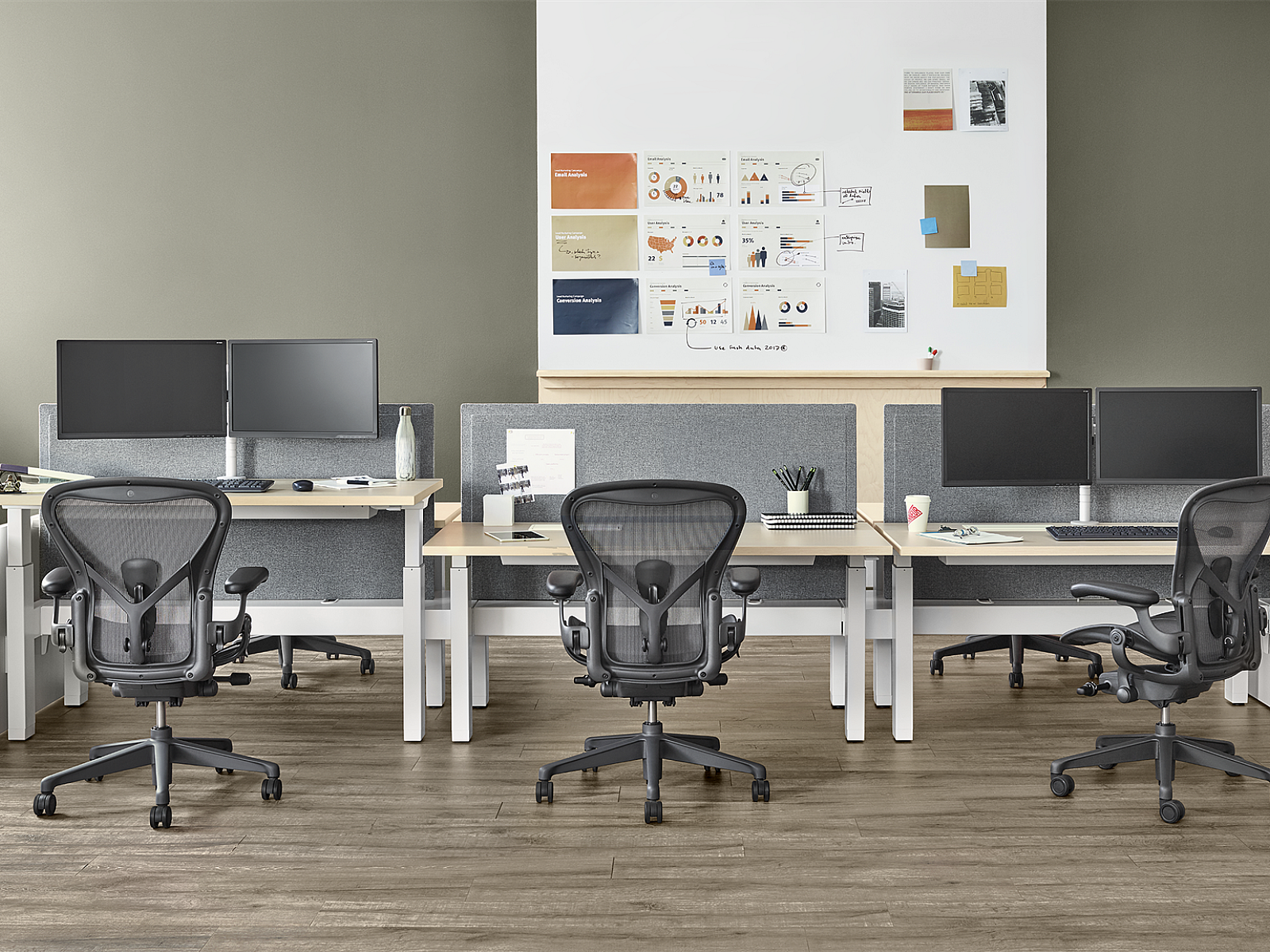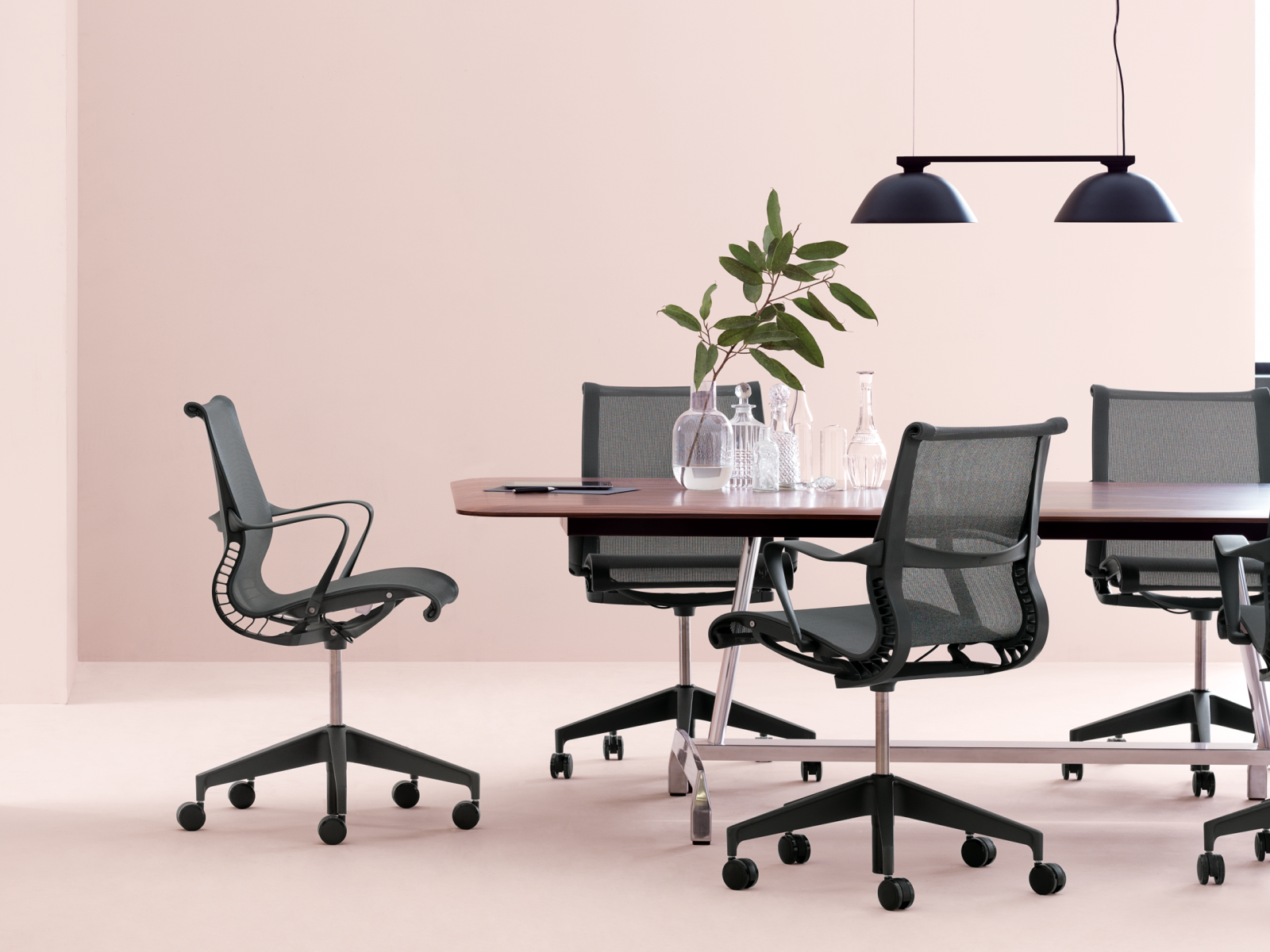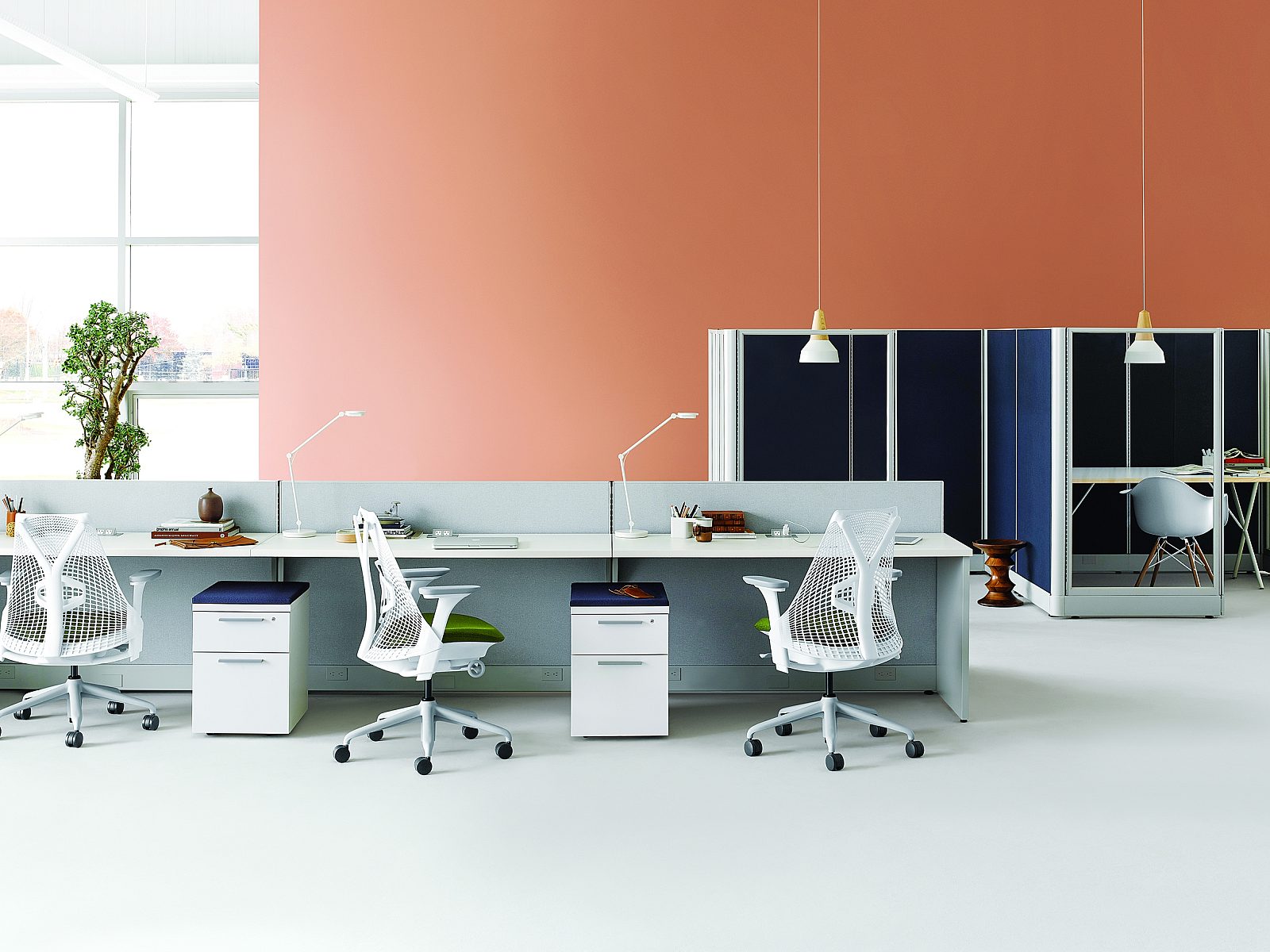Reducing ocean-bound plastic
As part of NextWave Plastics, Herman Miller is working to divert ocean-bound plastic waste and put it to use in its products and processes. Learn how.

Ocean-bound plastic
As a MillerKnoll dealer, we're happy to represent a Herman Miller initiative that works to develop the first global network of ocean-bound plastic supply chains through NextWave Plastics. By integrating this transformed plastic into Herman Miller’s products and processes, they are reducing the volume of plastic waste, little by little.


Why it's a problem
Plastic waste tends to build up in coastal cities that don't have the infrastructure to process it. As part of NextWave Plastics, Herman Miller is working to turn this plastic into something brand-new. See how they do it.

The process
The raw materials are washed, sorted, and pelletized. Then, they're sold to manufacturers like Herman Miller, where they test and re-engineer the plastic. Finally, this plastic is incorporated into a growing number of Herman Miller products and packaging.



Plastic diversion
An estimated 234 metric tons of ocean-bound plastic are diverted from the ocean annually. That's the equivalent of 23 million water bottles.*
*based on annual sales forecast
Herman Miller products made with ocean-bound plastic
Herman Miller is continually finding ways to add ocean-bound plastic into its products. Availability of these types of products vary by global region.
Be a part of the change.
Contact us today to see what's available in your area.
Sources
Photos courtesy of OceanCycle

